From using more water and wind power to supporting electric vehicles, Canada is changing how it gets and uses energy. These efforts are not just about lowering pollution. They are also about saving money, creating jobs, and protecting natural resources. Federal and provincial governments are working together to support green projects. Businesses are investing more in renewable power. Here are 19 reasons Canada’s clean energy strategy is working across the board.
Investing Heavily in Wind Energy Projects

Canada ranks among the top 10 countries globally for installed wind energy capacity. Provinces such as Ontario, Alberta, and Quebec are leading the charge by developing large-scale wind farms to supplement traditional power sources. With more than 300 wind farms already operating across the country, wind energy contributes over 6% to Canada’s total electricity generation. The federal government supports this sector through grants and incentives, encouraging private investment in renewable energy infrastructure. Wind power offers low operating costs and zero emissions, making it a practical part of Canada’s clean energy mix.
Scaling Up Solar Energy Capacity
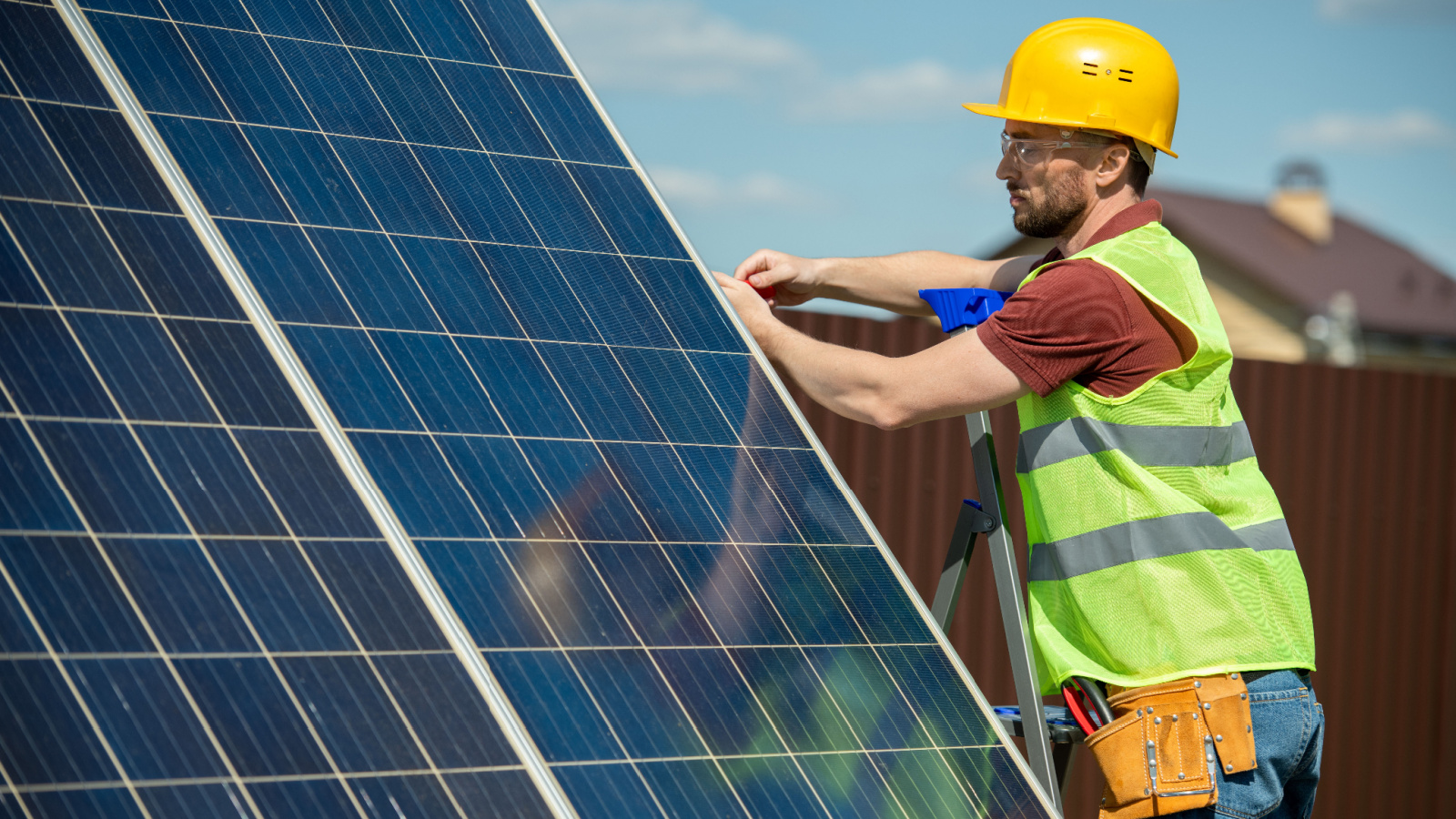
While Canada’s solar output is currently smaller than hydro or wind, it’s growing quickly. Provinces like Alberta and Ontario are expanding their solar energy infrastructure due to improved technology and lower costs. Solar farms, rooftop panels, and community solar projects are becoming more common, particularly in sunnier regions. Incentive programs and net metering policies are helping homeowners and businesses adopt solar solutions. With declining equipment prices and increased efficiency, solar power is a promising option for diversifying Canada’s clean energy sources. This strategic expansion supports regional energy security and moves the country closer to its emissions reduction targets.
Expanding the Use of Bioenergy

Bioenergy uses organic materials like wood waste, agricultural byproducts, and municipal waste to produce electricity, heat, or fuel. In Canada, it accounts for about 6% of total energy use. Provinces like British Columbia and Quebec lead in using forest biomass to generate power, while others explore landfill gas and biofuels. The government supports bioenergy through funding and research, especially in rural and northern communities. This renewable source helps reduce landfill waste and cut emissions from fossil fuels. By converting waste into usable energy, bioenergy plays a key role in Canada’s diverse and sustainable clean energy strategy.
Supporting Green Hydrogen Development

Canada is investing in green hydrogen as a long-term solution for clean energy storage and transportation. Produced using renewable electricity and water, green hydrogen emits no carbon dioxide during production or use. Provinces such as Alberta, British Columbia, and Quebec are exploring large-scale hydrogen projects, including production facilities and refueling stations. The federal Hydrogen Strategy aims to position Canada as a global leader in hydrogen technology by 2050. These efforts support industrial decarbonisation, clean transportation, and power storage. By building hydrogen infrastructure now, Canada is preparing for a future where zero-emission fuels are part of everyday life.
Setting Clear Net-Zero Emission Targets
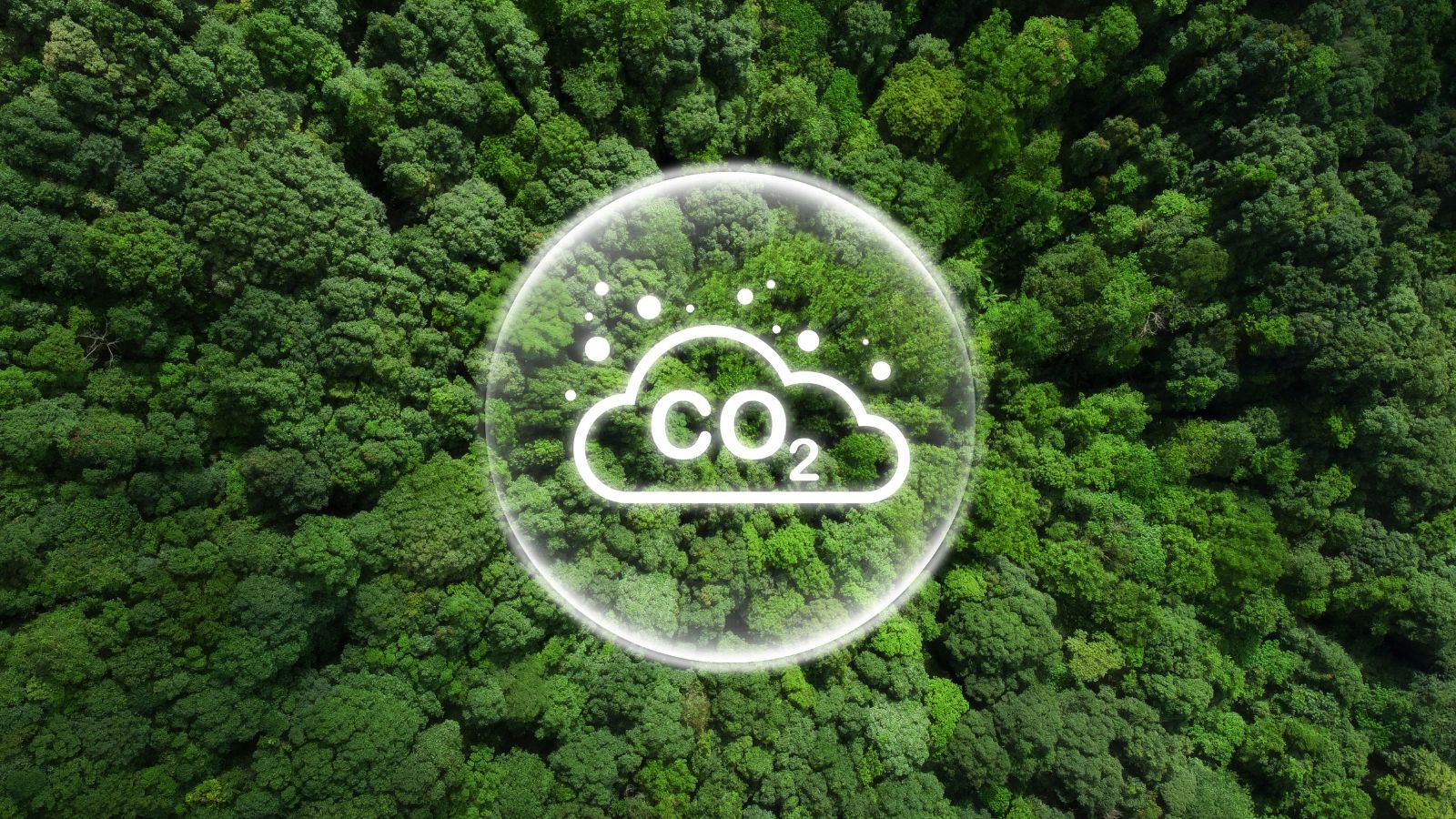
Canada has committed to reaching net-zero greenhouse gas emissions by 2050. Legislation, policy frameworks, and investment in clean technology back this long-term goal. The government publishes regular climate action plans and mandates accountability through climate reporting and emissions tracking. Clear targets guide energy sector reforms and encourage industries to adopt low-carbon solutions. By setting measurable benchmarks and timelines, Canada ensures that provinces, companies, and communities align with national climate goals. These targets also help attract green investment and international partnerships. Having a legally binding net-zero goal gives direction to Canada’s broader clean energy strategy.
Enforcing Strong Carbon Pricing Policies

Canada introduced a national carbon pricing framework to make polluting more expensive and clean energy more attractive. This policy applies a fixed price per tonne of carbon emissions, which gradually increases each year. Provinces can implement their systems, provided they meet federal standards. The funds collected are often returned to citizens through rebates or invested in green projects. Carbon pricing sends a strong market signal to industries and consumers, encouraging the shift to low-emission technologies. It ensures that the environmental cost of pollution is factored into economic decisions.
Encouraging Energy Efficiency in Buildings

Improving energy efficiency in residential, commercial, and industrial buildings is a major part of Canada’s clean energy efforts. Programs like the Canada Greener Homes Grant support homeowners in upgrading insulation, windows, heating systems, and more. Provinces have introduced building codes that require higher energy performance standards for new construction. Retrofitting older buildings reduces energy consumption and cuts utility bills. These initiatives lower overall demand on the grid, reducing the need for fossil fuels. By making buildings more efficient, Canada improves indoor comfort, reduces emissions, and helps families and businesses save money.
Modernising the National Power Grid
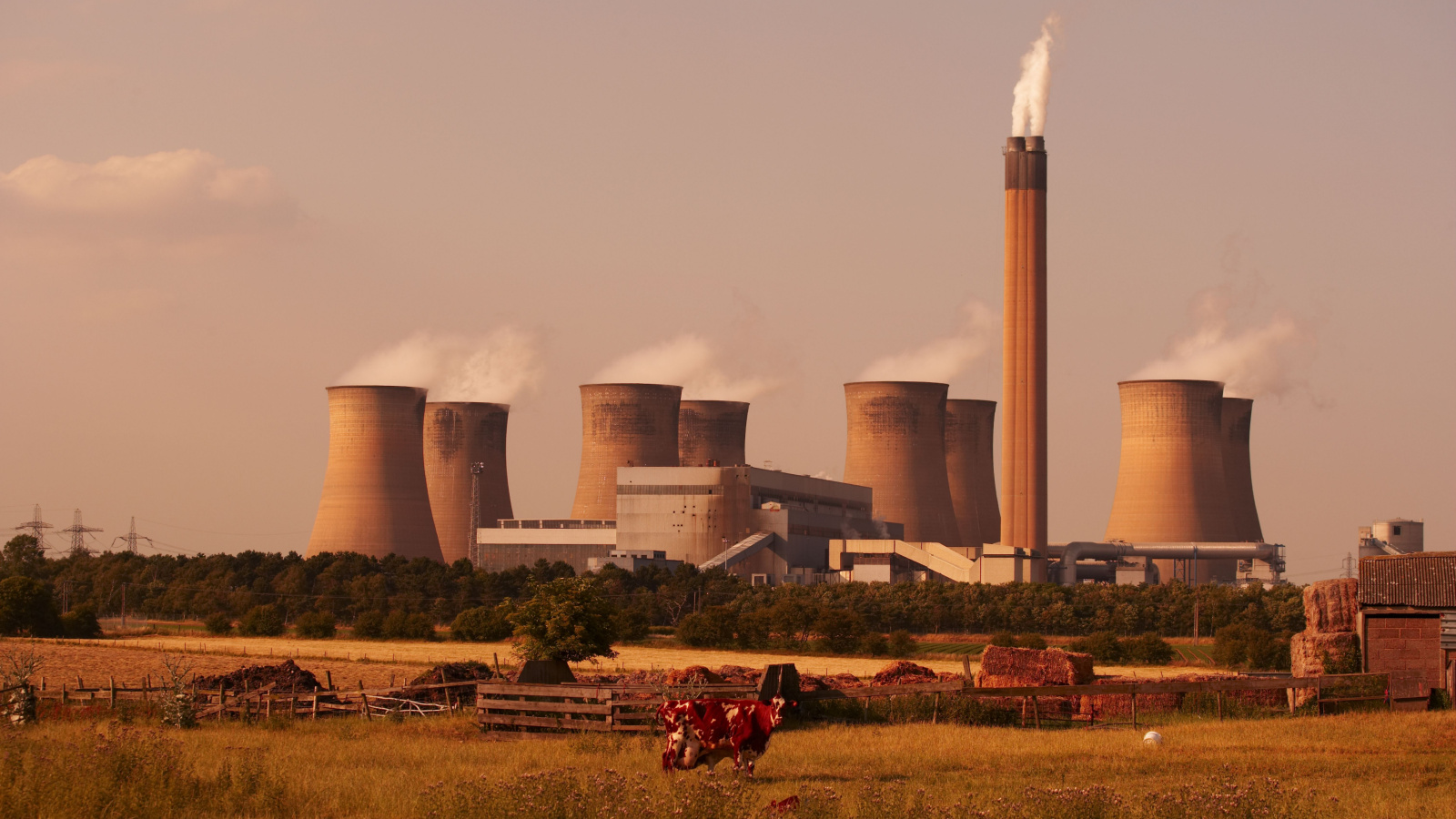
Canada is upgrading its national electricity grid to support clean and reliable energy. Modernisation efforts include building smart grids, adding transmission lines for renewables, and enhancing grid storage capabilities. These changes make it easier to integrate wind, solar, and hydro into the system while reducing blackouts and energy waste. Investments are also being made in digital monitoring tools to balance supply and demand more effectively. A modern grid enables real-time energy management and improves resilience against climate-related disruptions. Strengthening the grid is essential for supporting electric vehicles, decentralised energy sources, and Canada’s broader shift to a low-carbon economy.
Promoting Clean Transportation Solutions

The transportation sector accounts for a significant share of Canada’s greenhouse gas emissions. To tackle this, Canada is promoting clean transportation through policy, investment, and innovation. This includes funding zero-emission vehicle production, building EV charging stations, and improving cycling and walking infrastructure. Public awareness campaigns also encourage switching to cleaner travel options. Cleaner fuels and stricter emissions standards are being introduced for commercial transport. These initiatives reduce dependence on gasoline and diesel while improving air quality. Canada’s clean transportation strategy not only helps fight climate change but also creates jobs in manufacturing and infrastructure development.
Electrifying Public Transit Systems

Canada is investing in electric buses, trains, and other public transit options to cut emissions and improve urban air quality. Cities like Toronto, Montreal, and Vancouver are replacing older diesel fleets with electric and hybrid models. These vehicles produce zero tailpipe emissions and reduce noise pollution. The federal government supports electrification through funding programs and pilot projects. Transitioning to electric transit also lowers fuel and maintenance costs for cities over time. This shift makes public transportation more environmentally friendly while maintaining high levels of service. Electrified transit systems are a key step in building sustainable, low-carbon cities across Canada.
Subsidising EV Purchases and Infrastructure

To accelerate the adoption of electric vehicles (EVs), Canada offers financial incentives to buyers and supports the rollout of charging infrastructure. Federal programs provide up to $5,000 in rebates for eligible EVs, with additional incentives offered by some provinces. The government is also funding the installation of public chargers along highways and in urban centres. These subsidies lower the cost barrier and make EVs a more practical choice for Canadians. Expanding charging networks reduces range anxiety and supports daily use. Together, these efforts are helping to replace gas-powered vehicles with cleaner alternatives across the country.
Advancing Carbon Capture and Storage Technologies
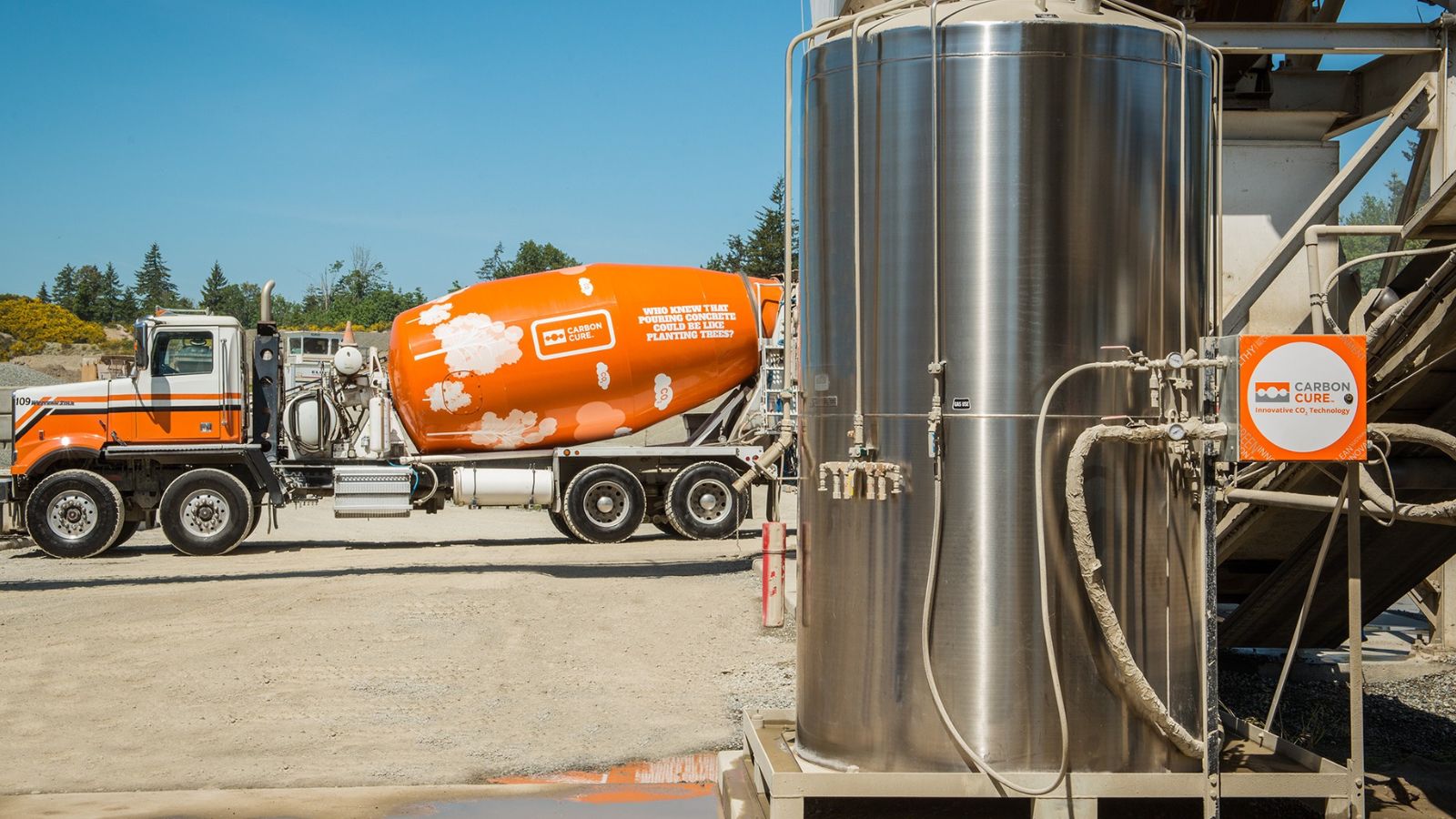
Canada is investing in carbon capture and storage (CCS) to reduce industrial emissions from oil, gas, cement, and other sectors. These technologies capture carbon dioxide at the source and store it underground in geological formations. Large projects are already underway in Alberta and Saskatchewan, supported by both public and private funding. CCS allows high-emission industries to lower their impact while remaining productive. It’s especially valuable for sectors that are hard to decarbonise through electrification alone. By advancing CCS, Canada is expanding its toolkit for achieving deep emissions reductions while supporting economic activity in key industries.
Phasing Out Coal-Fired Power Plants
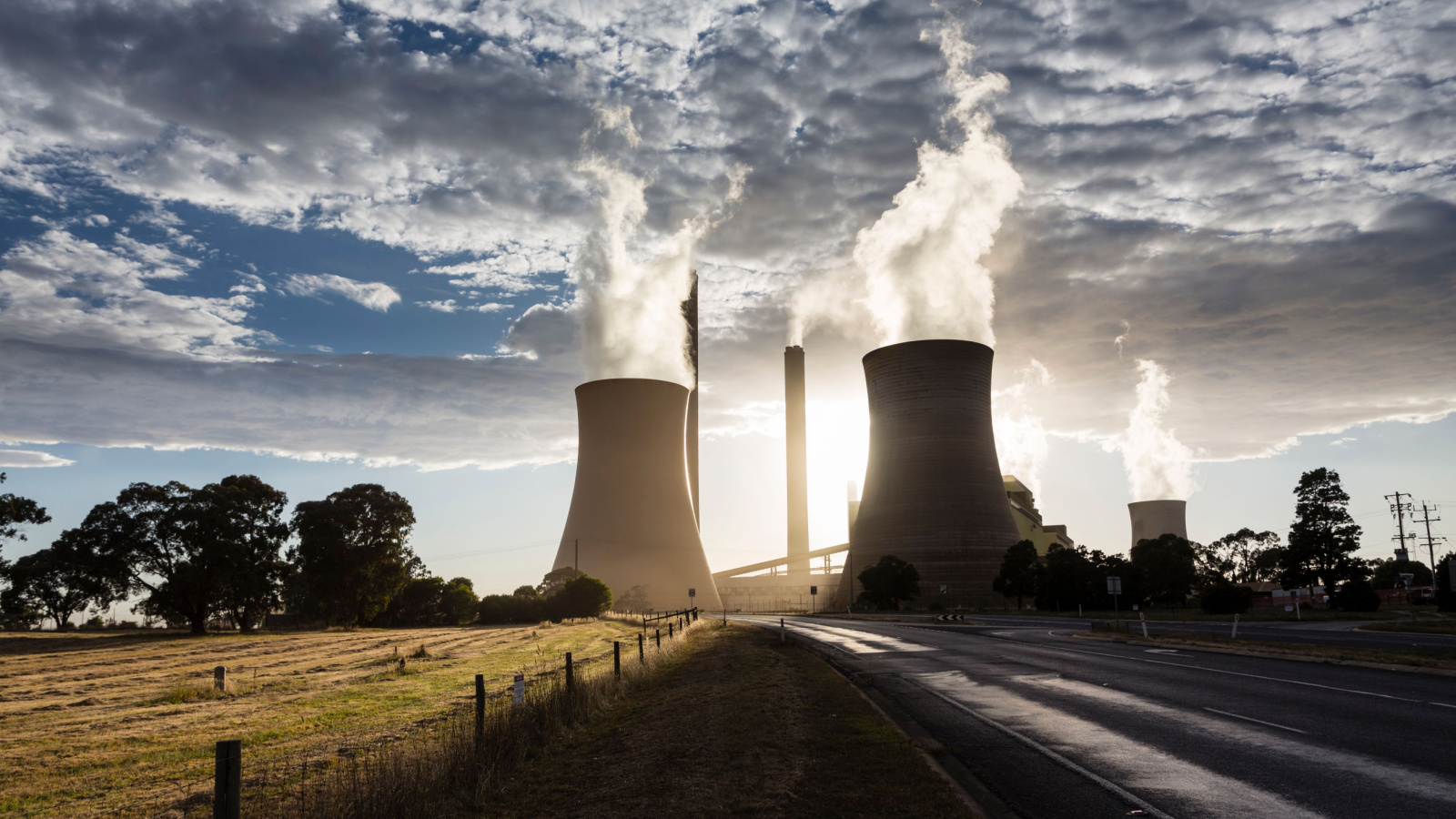
Canada has committed to phasing out traditional coal-fired electricity by 2030. This move reduces one of the largest sources of greenhouse gas emissions in the country. Provinces like Ontario have already eliminated coal from their grids, replacing it with cleaner sources like natural gas, nuclear, wind, and solar. Federal regulations and funding for cleaner technologies support the transition. Shutting down coal plants also leads to immediate public health benefits due to improved air quality. Phasing out coal aligns with Canada’s climate targets and demonstrates leadership in moving away from the most polluting forms of energy generation.
Backing Indigenous-Led Clean Energy Projects

Canada is actively involving Indigenous communities in its clean energy shift. These groups are leading or co-owning over 200 renewable energy projects across the country. Government funding and partnerships help make this possible, while ensuring local benefits and respecting Indigenous rights. Projects include solar, wind, hydro, and biomass. Indigenous participation boosts community employment and long-term revenue. It also supports culturally aligned energy solutions in remote areas. Canada’s inclusive approach strengthens trust and leads to cleaner, more sustainable development.
Attracting Global Investment in Green Tech

Canada is building strong trust among global investors by creating a stable and supportive environment for green technology. The government is offering grants, clean energy tax credits, and clear policies to reduce risk. These steps are encouraging foreign companies to invest in Canadian clean tech startups, research labs, and infrastructure projects. Cities like Vancouver, Toronto, and Montreal are becoming popular spots for climate tech funding. By welcoming international investment, Canada is not only boosting innovation but also creating jobs and speeding up the shift to a low-carbon economy.
Offering Tax Incentives for Clean Energy Companies

To support clean energy growth, Canada offers a variety of tax incentives for companies in the sector. The Clean Technology Investment Tax Credit covers up to 30% of capital costs for equipment used in renewable power, energy storage, and zero-emission tech. Companies working on hydrogen production and carbon capture can also benefit from targeted tax credits. These financial tools lower project risks and help startups and established firms scale faster. Canada’s tax strategy ensures clean energy businesses remain globally competitive. By lowering entry barriers, these incentives drive innovation, job creation, and faster adoption of sustainable technologies.
Partnering with Provinces for Renewable Projects
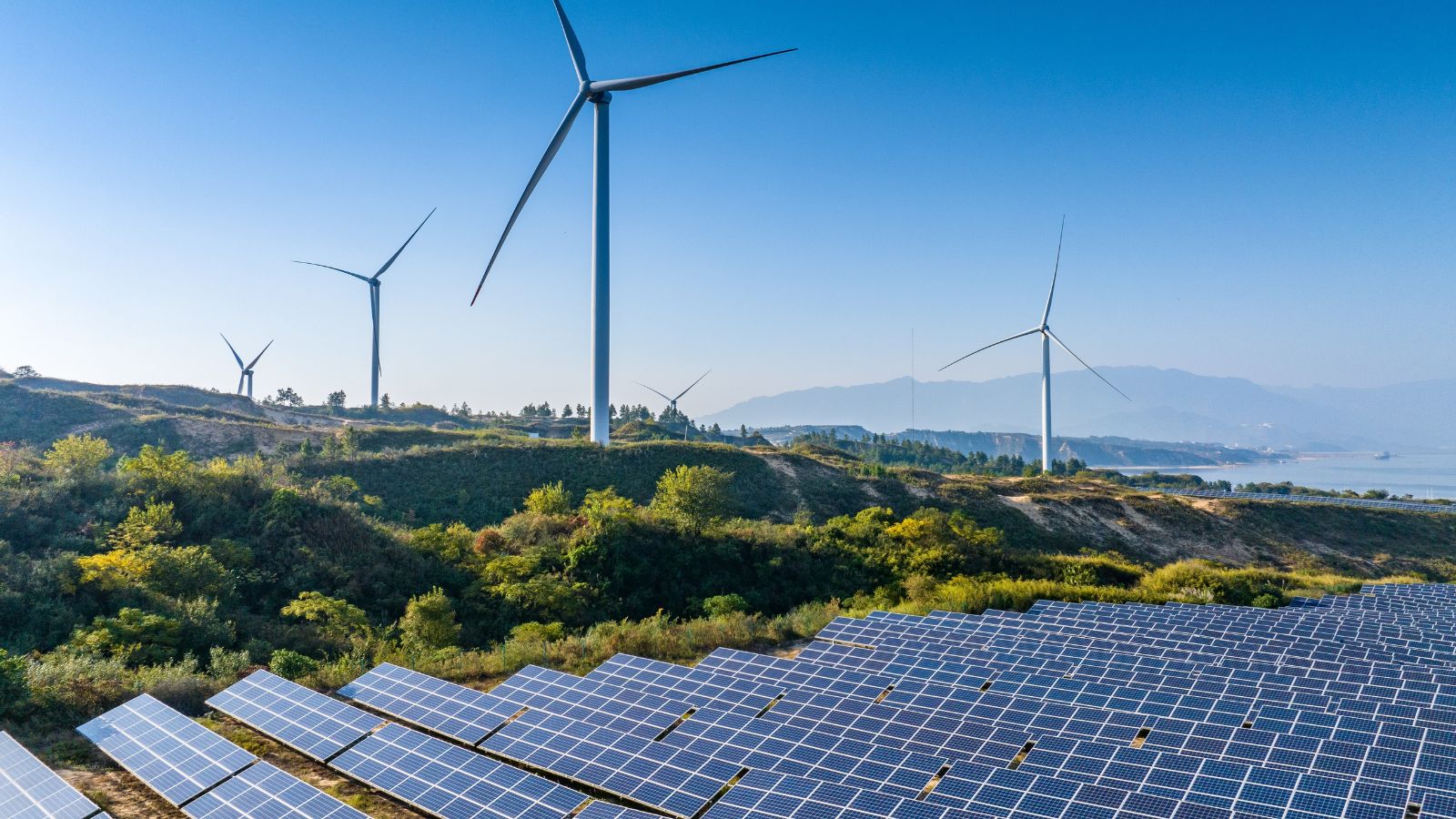
Clean energy development in Canada succeeds through strong federal-provincial partnerships. Provinces like Quebec, British Columbia, and Nova Scotia are working closely with Ottawa to fund and expand renewable energy projects. These partnerships help tailor clean energy plans to local needs, from hydroelectric power to wind farms. The federal government offers funding, tax credits, and regulatory support, while provinces provide land access, local expertise, and delivery. Joint initiatives such as the Smart Renewables and Electrification Pathways Program help scale projects faster.
Promoting Research in Clean Energy Innovation

Canada is investing heavily in research to lead global clean energy innovation. Institutions like the National Research Council (NRC) and universities are working on hydrogen tech, battery storage, carbon capture, and grid optimization. Government programs like Sustainable Development Technology Canada (SDTC) fund startups and researchers developing low-emission solutions. These initiatives aim to commercialize clean energy breakthroughs faster. By linking research to real-world applications, Canada fosters a strong pipeline of green technology. Academic and private sector collaboration plays a key role in this progress. Prioritising R&D ensures Canada remains at the forefront of clean energy solutions for decades to come.
Creating Green Jobs Across the Country

Canada’s clean energy strategy focuses on reducing emissions while building strong job markets across provinces. By funding projects in solar, wind, and hydrogen, the country is creating new job opportunities for technicians, engineers, electricians, and other professionals. These jobs are coming up in both urban and rural areas. Training programs are also helping workers from oil and gas backgrounds move into clean energy sectors. These roles offer steady incomes and long-term growth. Creating green jobs is not only about fighting climate change. It is also about giving more Canadians the chance to join a cleaner and more secure economy.
21 Products Canadians Should Stockpile Before Tariffs Hit

If trade tensions escalate between Canada and the U.S., everyday essentials can suddenly disappear or skyrocket in price. Products like pantry basics and tech must-haves that depend on are deeply tied to cross-border supply chains and are likely to face various kinds of disruptions
21 Products Canadians Should Stockpile Before Tariffs Hit
